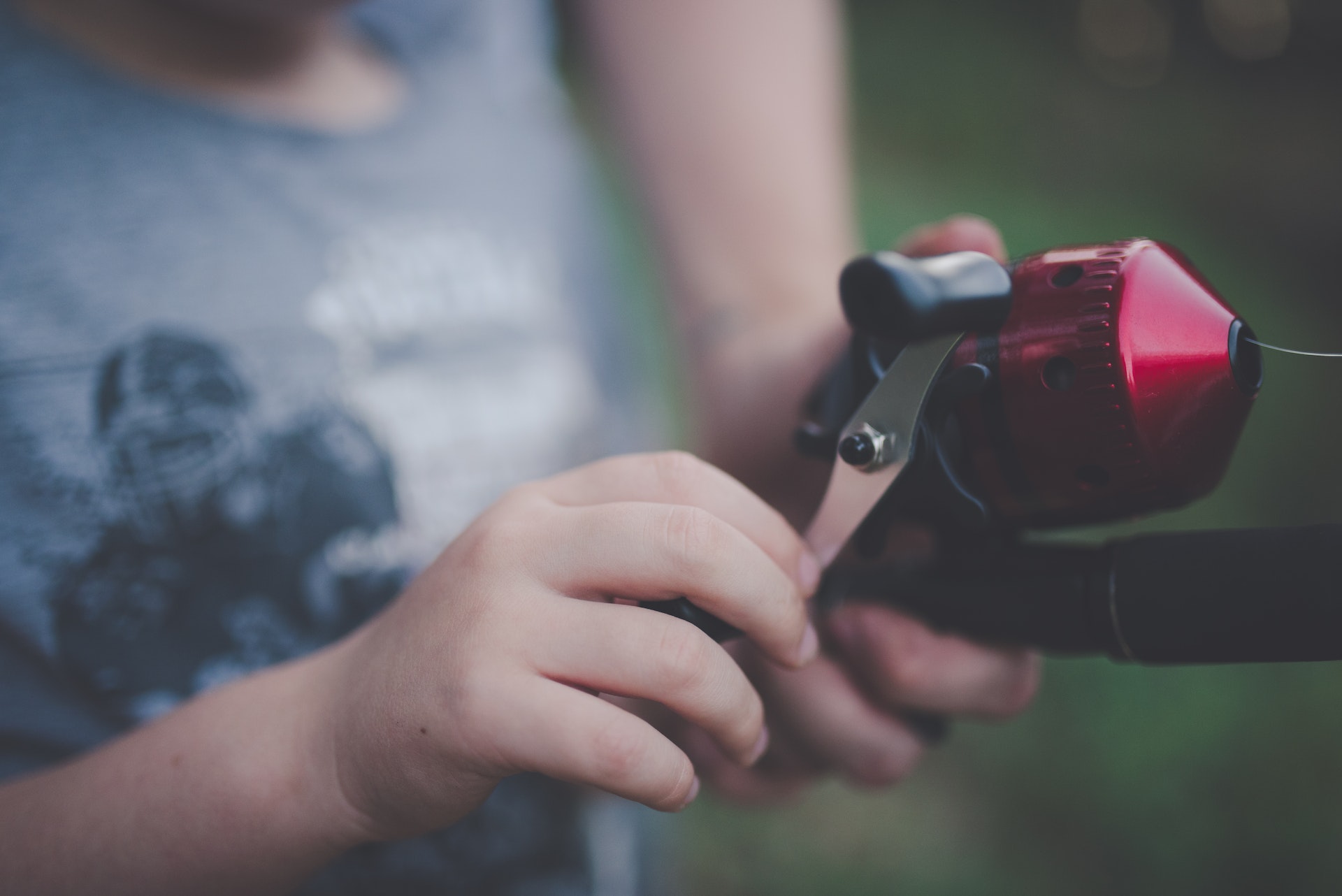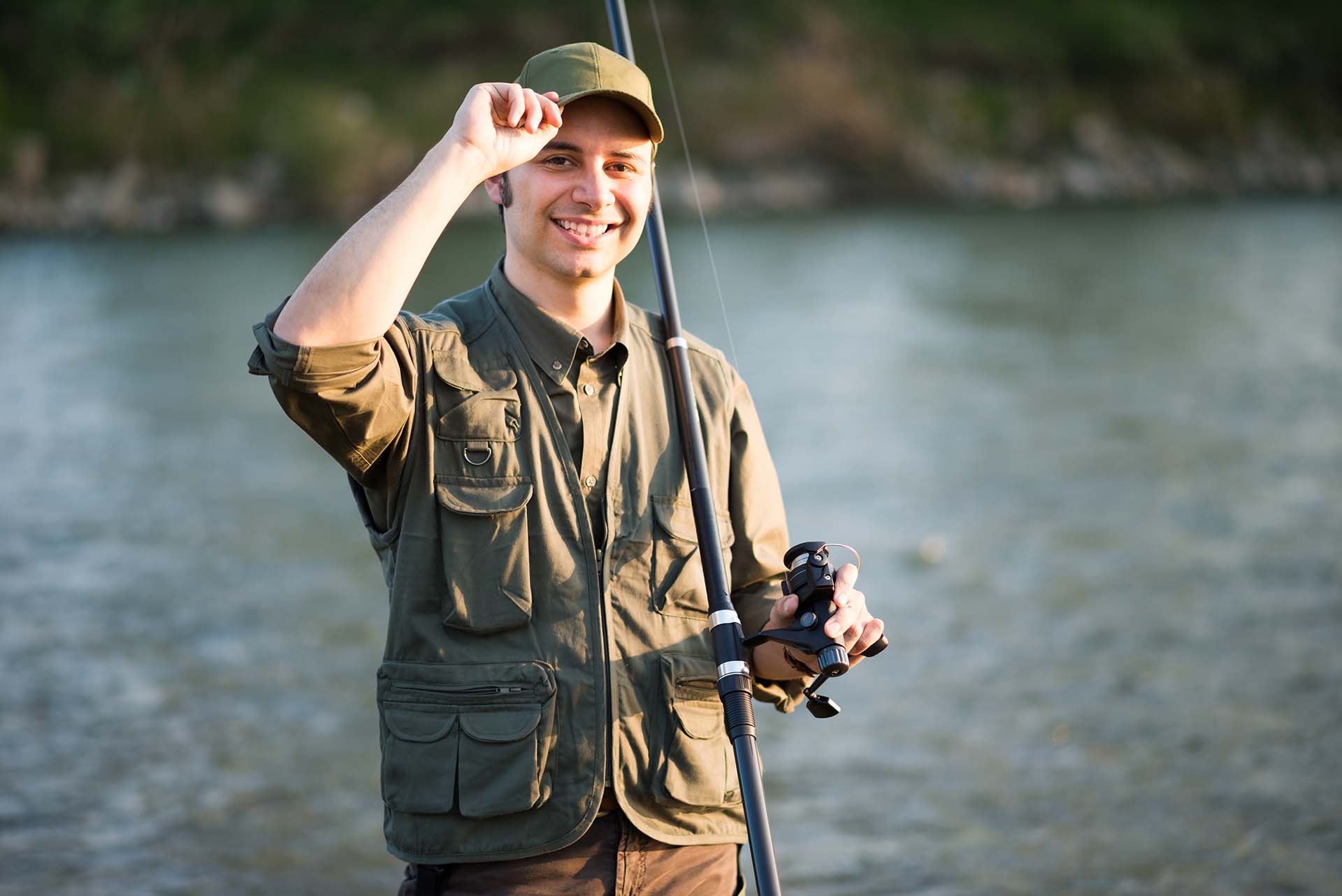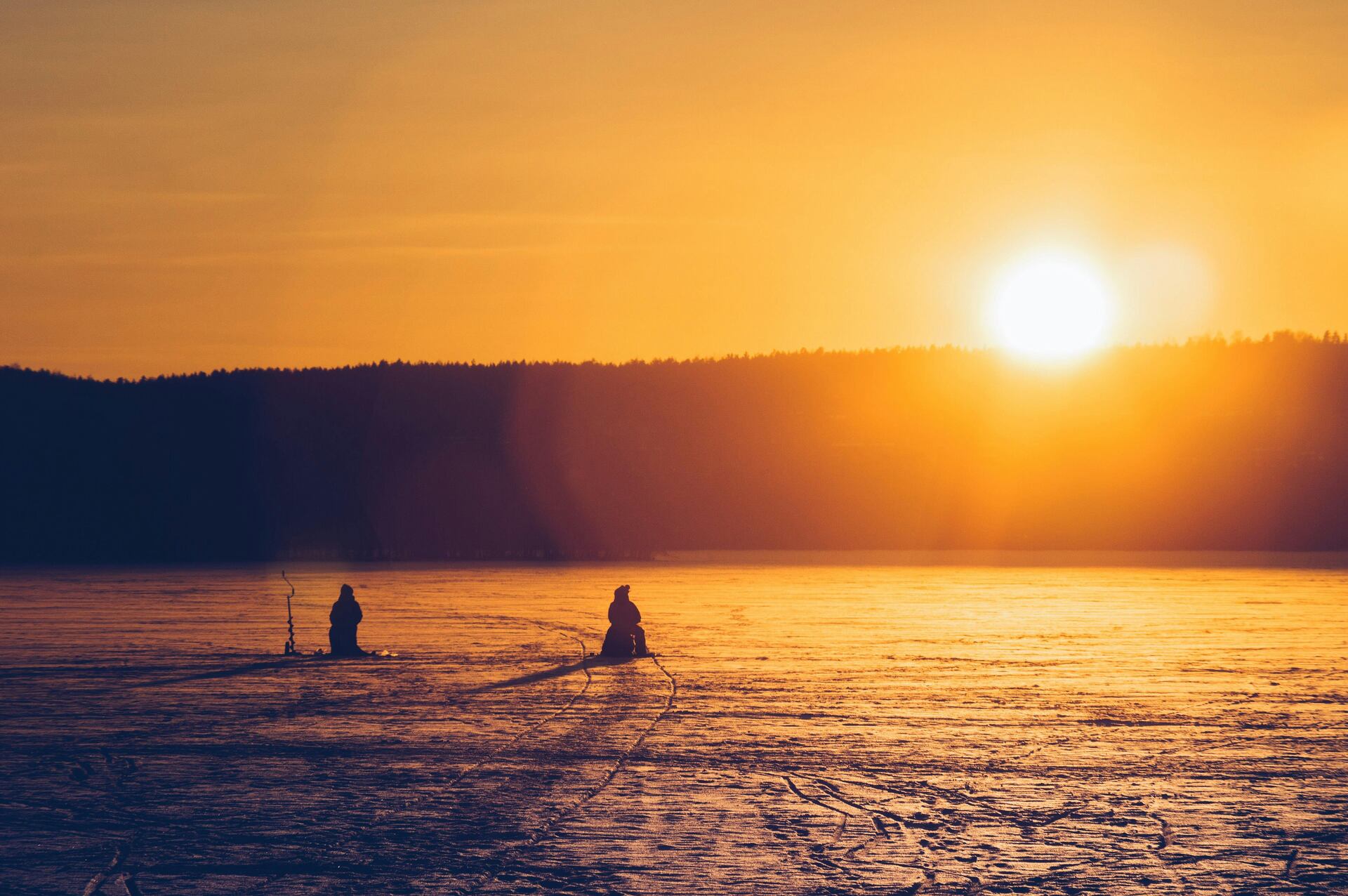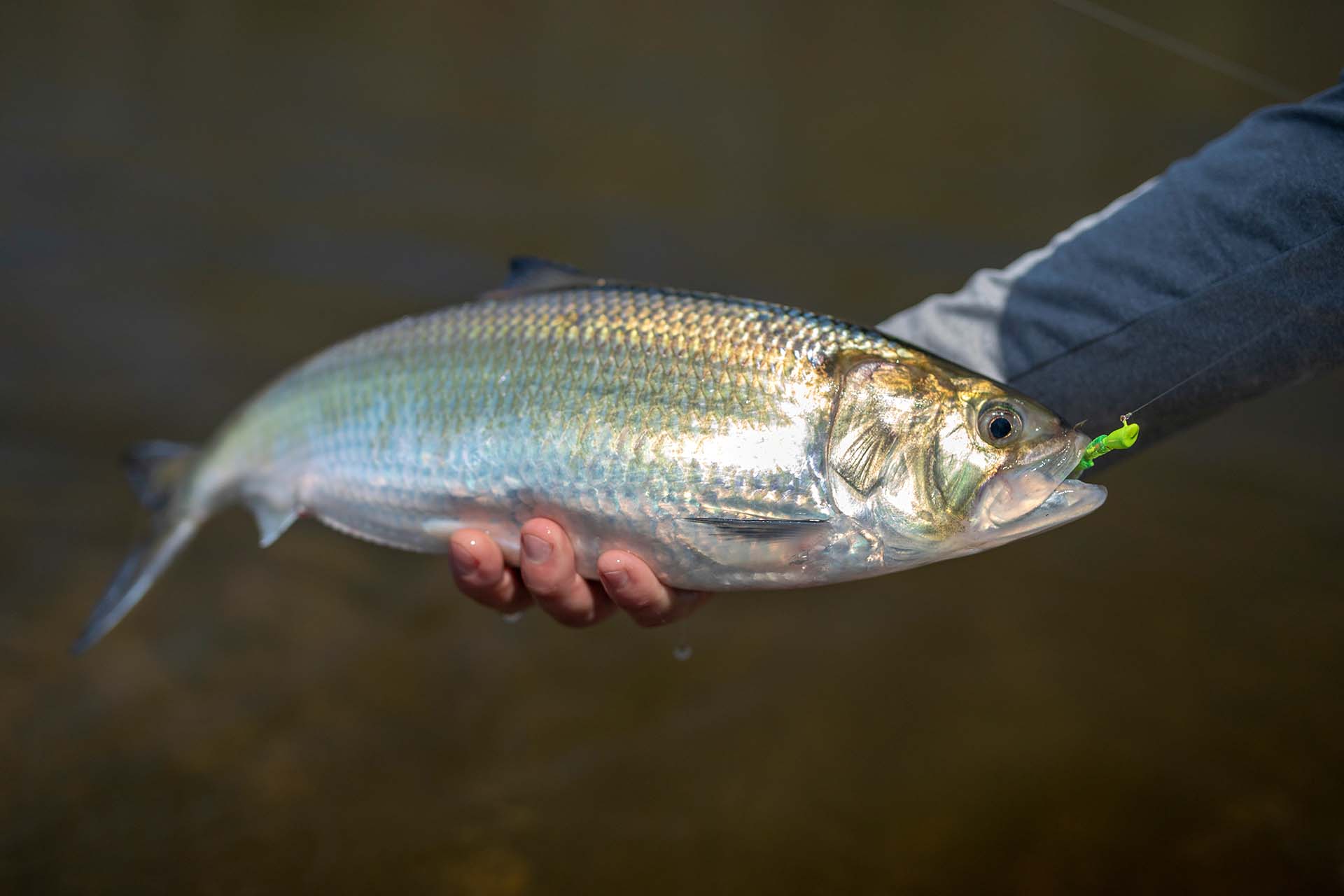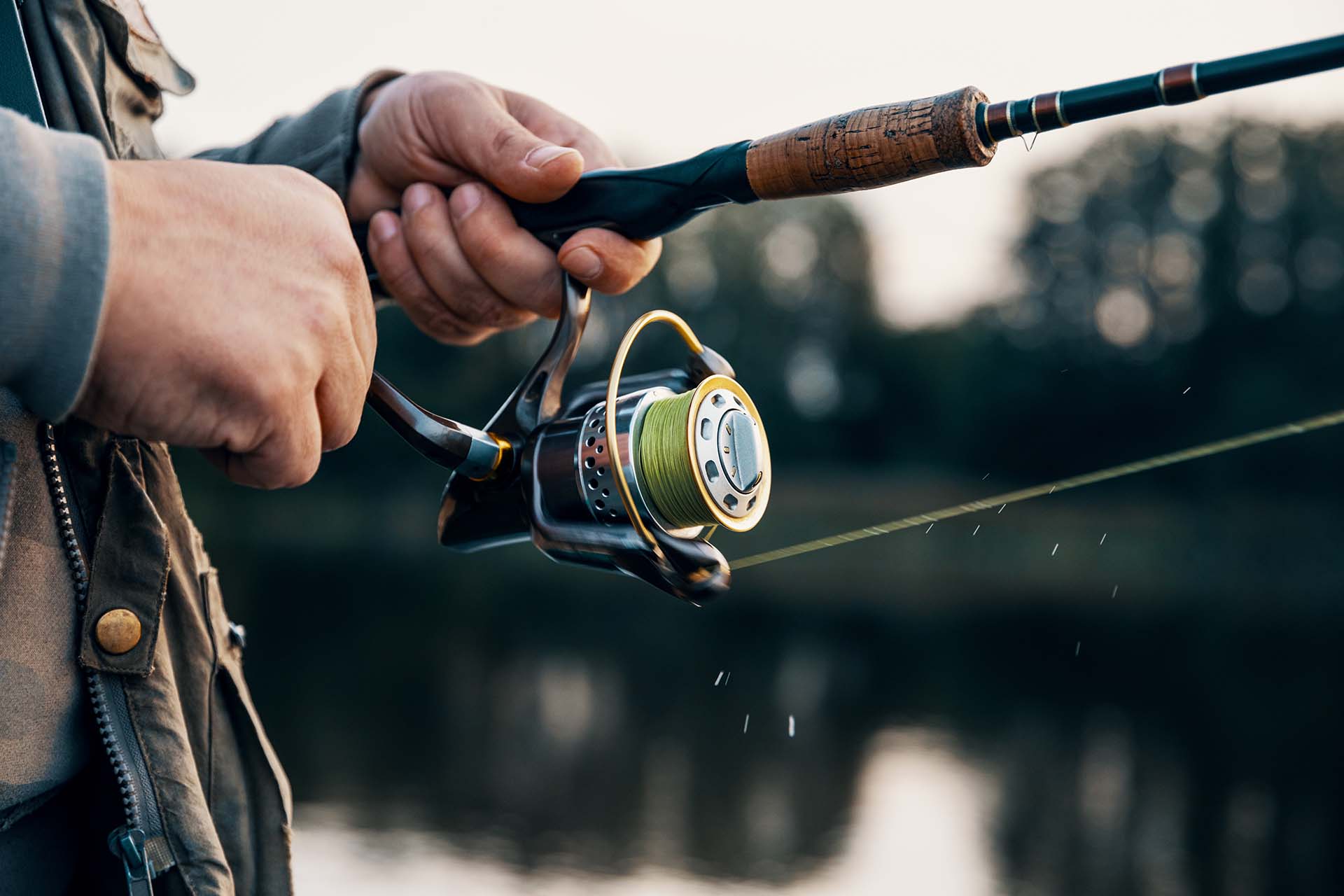Welcome to the world of fly fishing, where the fish are biting and the bugs are flying! If you’re new to the sport, you may be wondering, “What is nymphing fly fishing?” Well, hold onto your hats because we’re about to take you on a wild ride through the world of fly-fishing nymphs!
Nymphing fly fishing is the art of catching fish with fake bugs. This style is all about using imitations of the juvenile stages of insects, known as nymphs, to lure in the fish because they are the primary source of food for them. These fish fall for it – hook, line, and sinker. It takes patience, skill, and a bit of luck to master it, but once you do, you’ll be hooked for life.
What Is Nymphing Fly Fishing Exactly?
Nymphing fly fishing is a style of fishing that involves using imitations of the juvenile stages of aquatic insects, also known as nymphs. These insects spend most of their lives underwater, and they are a primary source of food for fish, making them an ideal choice for luring and catching them. Basically, it’s the art of fooling our aquatic friends into thinking they’re getting a tasty snack, when in fact, they’re biting on a fake bug.

Gear Up, Buttercup!
If you’re ready to dive into the world of nymphing fly fishing, you’re going to need the right equipment to get started. Don’t be caught off guard like a fish out of water, so make sure you are all geared up so you can reel in those fish. Here’s what you’ll need:
- First and foremost, you’ll need a fly rod and reel that are specifically designed for nymphing. These rods are typically longer and more flexible than traditional fly rods, which allows for better control of the nymph while it’s in the water.
- Next, you will need to get a fly line that’s suitable for this type of fishing. A weight-forward or double-tapered line is typically used for nymphing, as it allows for better casting and control of the fly. It’s also important to choose a line that’s specifically designed for the type of water you’ll be fishing in, as different lines are better suited for different environments.
- When it comes to tippets, the thinner, the better. Thinner tippets are less visible to fish and allow for a more natural presentation of the nymph. It’s important to choose a tippet that matches the weight of your fly line, as well as the size of the nymph you’ll be using.
- Last but not least, you’ll need a selection of flies and nymphs to choose from. This is where the fun comes in, as you can experiment with different types of nymphs to see what works best in your fishing environment. Be sure to have a variety of sizes, colors, and patterns on hand to increase your chances of catching fish.
So there you have it, the nitty-gritty of nymphing fly fishing equipment. With the right gear, you’ll be well on your way to becoming a nymphing pro in no time.

Let’s Talk Technique, Baby!
If you’ve ever tried traditional dry fly fishing, you should keep in mind that this technique requires a somewhat different approach, where mastering it is essential for success. That’s why you should rely on some tips and tricks for setting up a perfect rig, getting the hang of the technique, and eventually catching fish like a pro.
Hook, Line, and Sinker - Set Up Your Rig Properly
In order to get you started on the right foot and your fish on the right hook, the key is to set the rig properly. The nymph should be attached to the tippet using a knot that allows for free movements of the fly, such as a clinch knot or a Davy knot. However, you will additionally need to use a strike indicator to be able to detect when a fish has taken the fly. It should be positioned at an appropriate depth which is determined by the depth of the water and the size of the nymph.
Casting Like a Pro - Tips and Tricks for Success
Nymphing fly fishing is a technique that involves a slow and deliberate cast. This allows the nymph to drift naturally with the current. It’s important to be patient and not rush the cast, as this can cause the nymph to become tangled.
The Art of Mending - How to Move Your Line Like a Pro
When learning to master the art of nymphing, there is one more technique you should incorporate into your fishing – mending. The art of mending involves moving the line after the cast to create a drag-free drift. This can be accomplished by flipping the line downstream or upstream, depending on the current and the direction of the drift.
The Down-Low on Depth - Adjusting for Optimal Success
Fish are often found at different depths depending on the time of day and the conditions of the water. That’s why it’s important to adjust the depth of the nymph accordingly so you can increase your chances of catching fish.
Reading the Water - Understanding Where Fish Like to Hang Out
No, the answer is not at a bar down the street. All jokes aside, fish are often found in areas with cover, such as under rocks, logs, or undercut banks. It’s important to look for areas with slower-moving water, as fish are less likely to be found in fast-moving streams.
All About That Bug Life – Understanding Nymphs
What the heck is a nymph, anyway? Nymphs are the juvenile stage of aquatic insects, such as mayflies, stoneflies, and caddisflies, and they are a primary source of food for fish. They live underwater and are adapted to survive in aquatic environments.
Which Ones Work Best?
When it comes to types of nymphs, there are countless options to choose from. Some of the most common nymphs used in fly fishing include the Pheasant Tail, Hare’s Ear, and Prince Nymphs. Each nymph imitates a specific type of insect and can be used in different environments.
For example, the Pheasant Tail Nymph is a versatile nymph that can imitate several types of insects and can be used in a variety of water conditions. The Hare’s Ear Nymph is another popular choice, imitating the appearance of caddisfly and mayfly nymphs. The Prince Nymph, on the other hand, is a flashy and eye-catching nymph that imitates stonefly nymphs.
DIY Nymphing
There is one unique aspect of this fishing style, and it’s the ability to make your own nymphs at home. With the right materials, such as feathers, dubbing, and thread, you can create your own personalized nymphs. This allows for a truly unique and customizable fishing experience.

Don’t Be a Nymph-o-Maniac – Tips for Successful Nymphing Fly Fishing
While nymphing can be a highly effective technique, there are some key tips and tricks to keep in mind for optimal success. Firstly, timing is everything when it comes to nymphing. Fish are more likely to be feeding on nymphs during certain times of day or year. For example, in colder water temperatures, fish are more likely to feed on nymphs, while in warmer temperatures, dry fly fishing may be more effective.
Size Matters, and So Does the Right Spot
Different species of insects have different sizes and colors of nymphs, so it’s important to match your nymph accordingly. This requires some knowledge of the local aquatic insects and their life cycles, but it can greatly increase your chances of catching fish.
Finding the right location to cast your line is also essential for success. That’s why you should look for areas where fish are likely to be feeding on nymphs, such as under rocks or near submerged vegetation. Pay attention to the speed and direction of the current, as this can affect the movement of your nymph.
Waiting for the Fish to Bite
Finally, patience is a virtue when it comes to nymphing fly fishing. Unlike dry fly fishing, where fish may immediately strike the fly on the surface, nymphing often requires a longer wait for the fish to bite. It’s important to remain patient and pay attention to the strike indicator, as strikes can be subtle and difficult to detect.
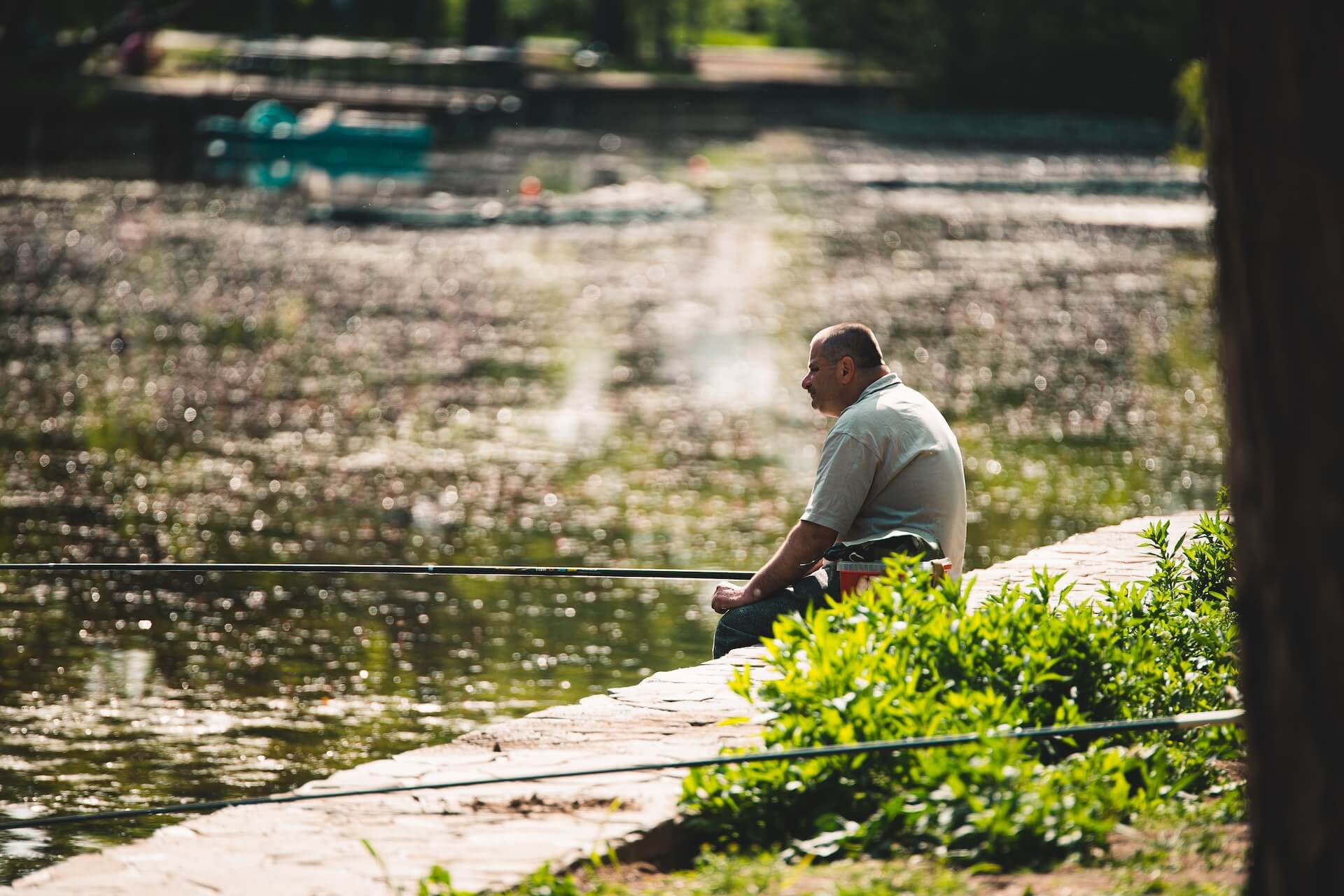
The Good, the Bad, and the Ugly – The Pros and Cons of Nymphing Fly Fishing
While nymphing can be a highly effective technique for catching fish, it’s important to consider both the benefits and the drawbacks before hitting the water. Let’s compare all the pros and cons in the table below.
| The Good | The Bad |
|---|---|
| Nymphing is an effective technique for catching fish year-round. | Detecting strikes can be challenging, as they are often subtle and difficult to see. |
| It can be a great option for beginners. | Controlling the presentation and movement of the fly can also be difficult. |
| Using this technique can increase your chances. | Not as effective in fast-moving water or when fish are not feeding on nymphs. |
| It requires less precision and casting skill than other fly fishing techniques. | If you’re not prepared for the patience required to wait for strikes, you may become frustrated and discouraged. |
| It can be forgiving of mistakes, allowing beginners to learn without becoming discouraged. | |
| Beginners can practice their skills in any season. |
The Catch of the Day – Let’s List the Benefits
Although this technique requires skill and patience, it also offers a variety of benefits, usually outweighing the disadvantages. Before you gear up and run to the water, here are all the advantages this style of fishing offers:
- First and foremost, nymphing fly fishing is an effective technique for catching fish, and its success lies in its ability to mimic the natural movements of aquatic insects.
- The nymph imitates the natural movement of a real insect, making it more appealing to fish and making your chances for success greater. By using nymphs that match the insects present in the water, anglers can increase their chances of catching fish.
- It allows for a longer drift, increasing the chances of the nymph being seen by fish.
- One of the great things about nymphing fly fishing is its versatility. It can be effective in a variety of water conditions, from fast-moving rivers to still ponds. Additionally, the technique can be adapted to different environments by using nymphs that imitate the insects present in the water.
- When it comes to season, it can be done throughout the year – basically, whenever you feel like it. This is because fish feed on nymphs year-round, making it a reliable option for anglers in any season.
- But nymphing fly fishing isn’t just effective – it’s also a lot of fun! It does require more patience and persistence than some other styles, but this can make catching fish even more rewarding.
- And one of the aspects many anglers love the most is the fact that it can be a relaxing and meditative experience, allowing you to connect with nature and unwind.
In summary, the benefits of nymphing fly fishing are numerous. So whether you’re a beginner or an experienced angler, this technique will bring you an unforgettable experience and the joy of the catch.

Why You Should Try Nymphing Fly Fishing
This style of fishing requires you to master the art and also be patient and persistent. Moreover, it can be a versatile and customizable experience. Different types of nymphs can be used to match the insects present in different environments, and the technique can be adapted to different water conditions.
This makes it a great option for anglers of all levels, whether you’re a beginner or an experienced fly fisherman. By exploring the versatility of nymphing fly fishing and experimenting with different flies or lures, anglers can expand their options and increase their chances of catching fish on the water. So what are you waiting for? Grab your rig, and get hooked on nymphing!


